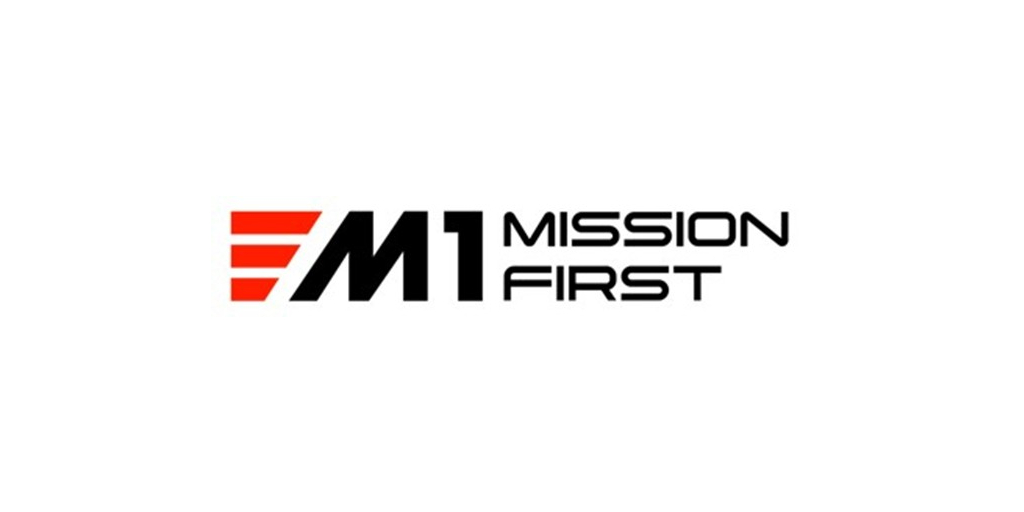
AeroGenie - مساعد الطيار الذكي الخاص بك.
الرائج الآن
Categories
FG Pledges to Stabilize Jet A1 Supply and Prices
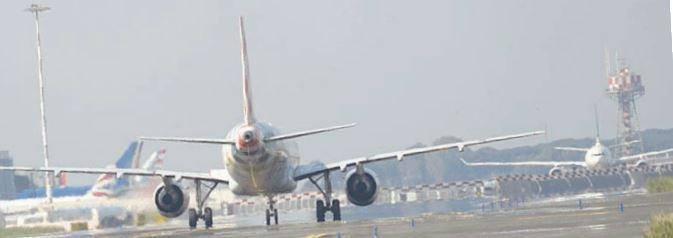
FG Pledges to Stabilize Jet A1 Supply and Prices
The Federal Government of Nigeria has reiterated its commitment to ensuring a stable and affordable supply of aviation fuel (Jet A1), underscoring the necessity of collaboration among government agencies, oil marketers, and airline operators. This assurance was delivered by the Minister of Aviation and Aerospace Development, Festus Keyamo, during the Gateway Colloquium held in Lagos. The event was organized by the Centre for International Trade and Aviation (CITA) in partnership with the League of Airports and Aviation Correspondents (LAAC). Represented by the Director of Public Affairs and Consumer Protection, Henry Agbebire, Keyamo emphasized the pivotal role aviation fuel plays within the nation’s aviation ecosystem.
Challenges and Strategic Focus
Keyamo described the colloquium’s theme as both timely and thought-provoking, highlighting aviation fuel as a critical determinant of efficiency, affordability, and sustainability in Nigeria’s aviation sector. He acknowledged the persistent challenges confronting the industry, including volatile fuel prices, supply vulnerabilities, and infrastructural limitations. These issues, he noted, significantly impact airlines’ operational costs and serve as strategic indicators of the country’s logistics and economic health.
In response, the Ministry of Aviation and Aerospace Development is advocating for a new energy paradigm aimed at fostering growth, innovation, and environmental responsibility within the sector. Keyamo affirmed the government’s dedication to policies and partnerships that guarantee the availability, accessibility, and affordability of aviation fuel. He further stressed the importance of promoting transparent dialogue among government bodies, oil marketers, and airline operators to establish a fair and efficient fuel supply chain that supports both economic sustainability and operational excellence.
Global Context and Local Implications
The government’s pledge comes amid a complex and often volatile global energy landscape that poses significant challenges to stabilizing Jet A1 supply and prices. Recent incidents, such as the Chevron refinery fire in California, have intensified fuel supply disruptions, leading to increased gasoline prices and exposing vulnerabilities in global supply chains. Additionally, potential adjustments in oil output by OPEC+ and the lingering effects of international sanctions—such as those previously imposed on Russian energy companies—continue to influence global oil prices. For instance, past sanctions triggered a 6% surge in oil prices due to reduced Russian supply.
These international market dynamics have direct repercussions for Nigeria, where fluctuations in global oil prices, supply interruptions, and geopolitical tensions can adversely affect local fuel availability and cost structures. Despite these external pressures, Keyamo encouraged stakeholders at the colloquium to engage in open and innovative discussions. He described the gathering as an opportunity not only to analyze existing challenges but also to collaboratively develop solutions that will strengthen and sustain Nigerian aviation.
The government remains focused on building a resilient and transparent aviation fuel supply chain, with the objective of supporting the economic viability of airlines and promoting the broader development of Nigeria’s aviation industry.
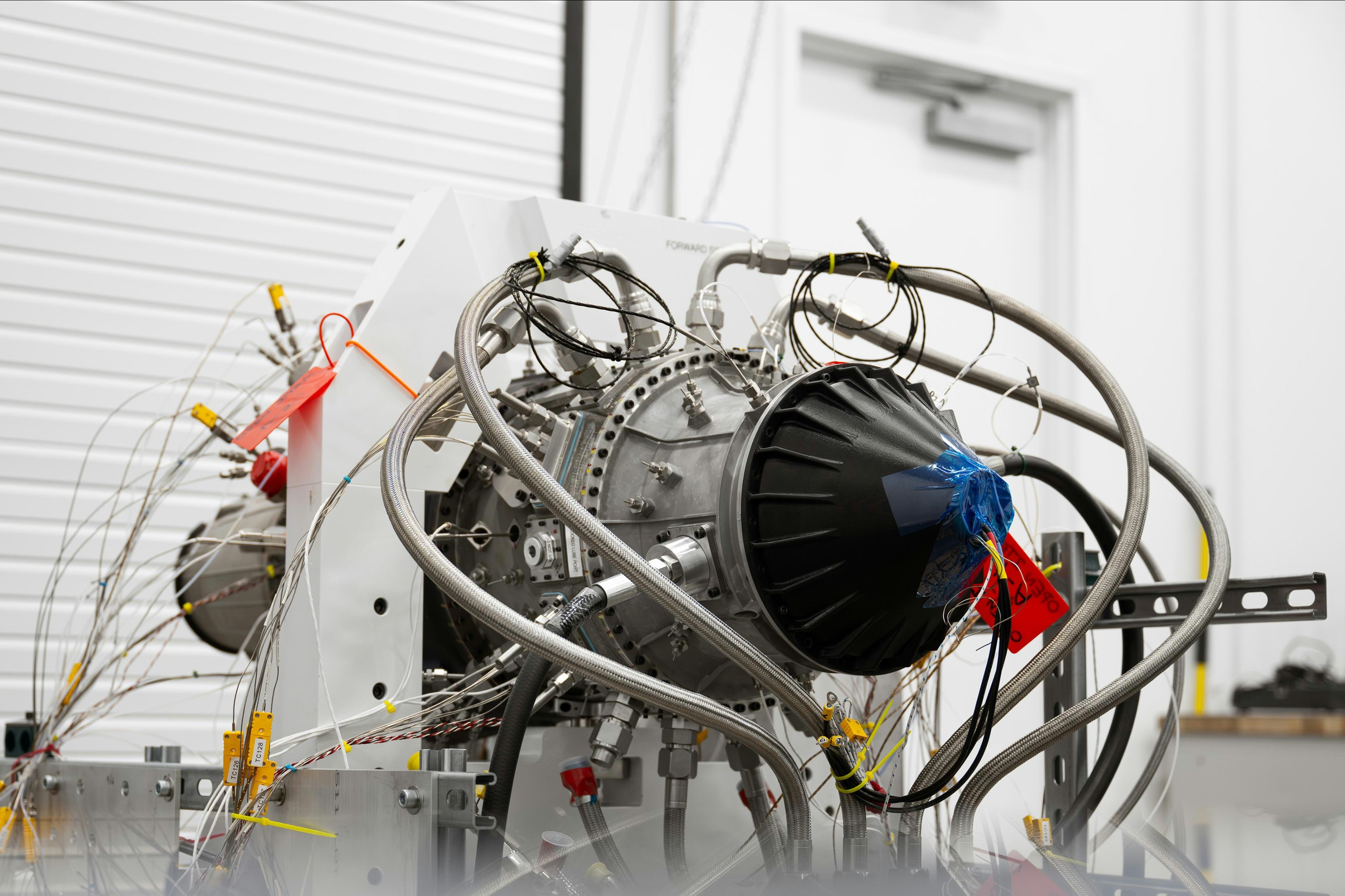
Beehive’s 3D-Printed Frenzy Engine Advances Toward 2026 Flight Tests

CAAM and CRRG Form Alliance in Aviation Aftermarket
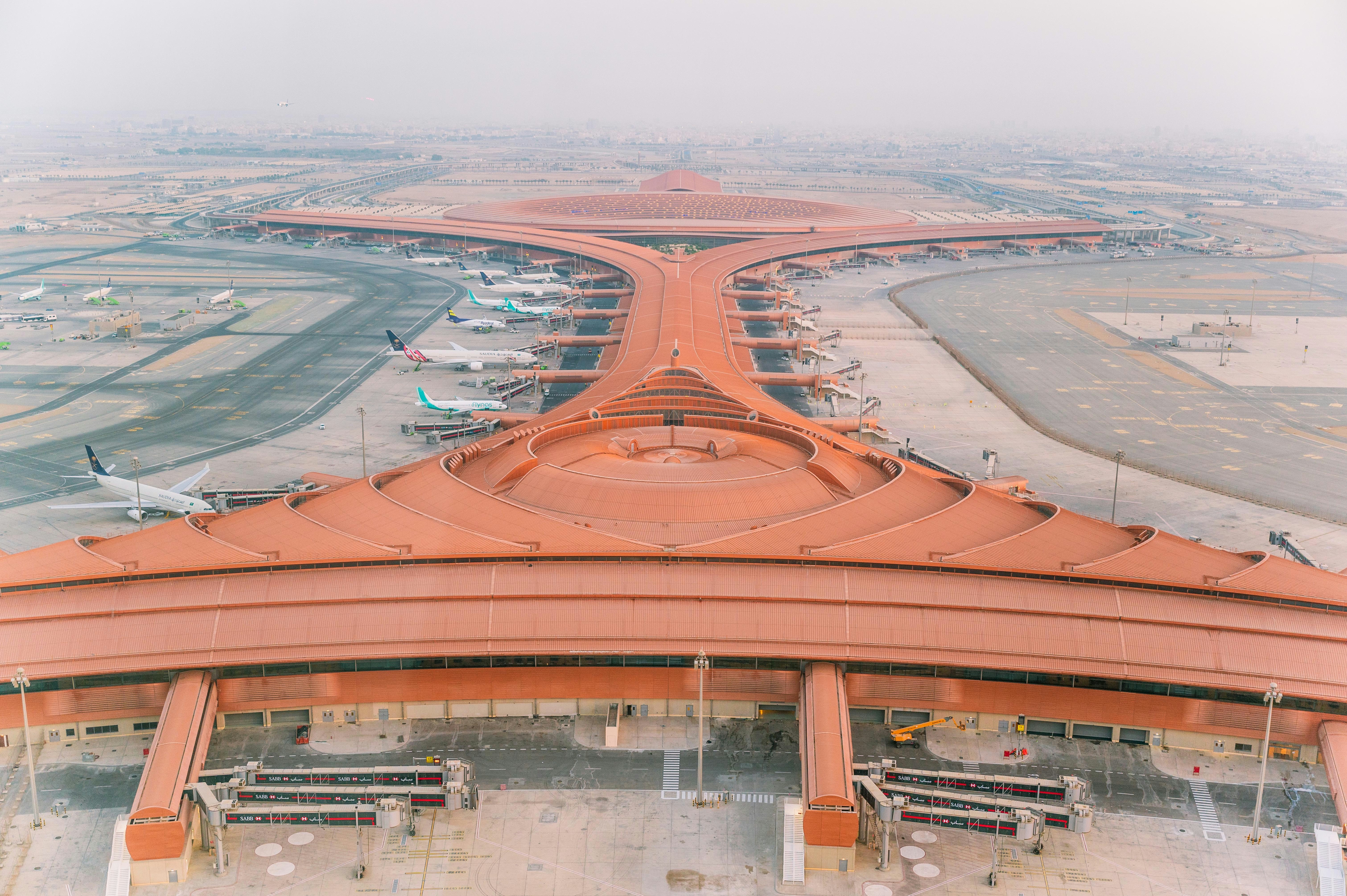
AI and Digital Twins Enhance Airport Operations Amid Global Challenges
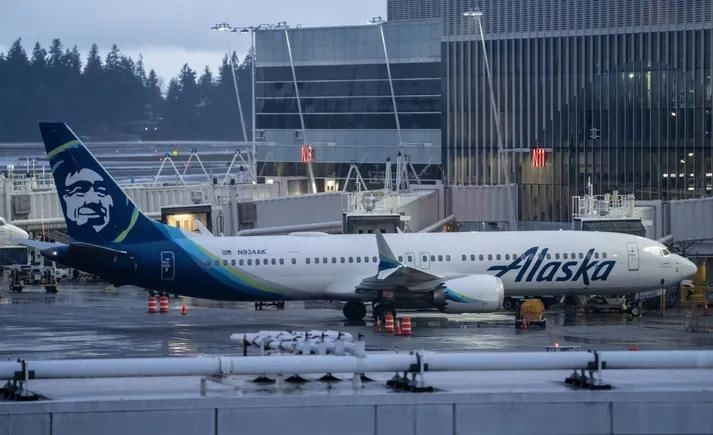
Alaska Airlines Introduces AI Tool to Simplify Trip Planning
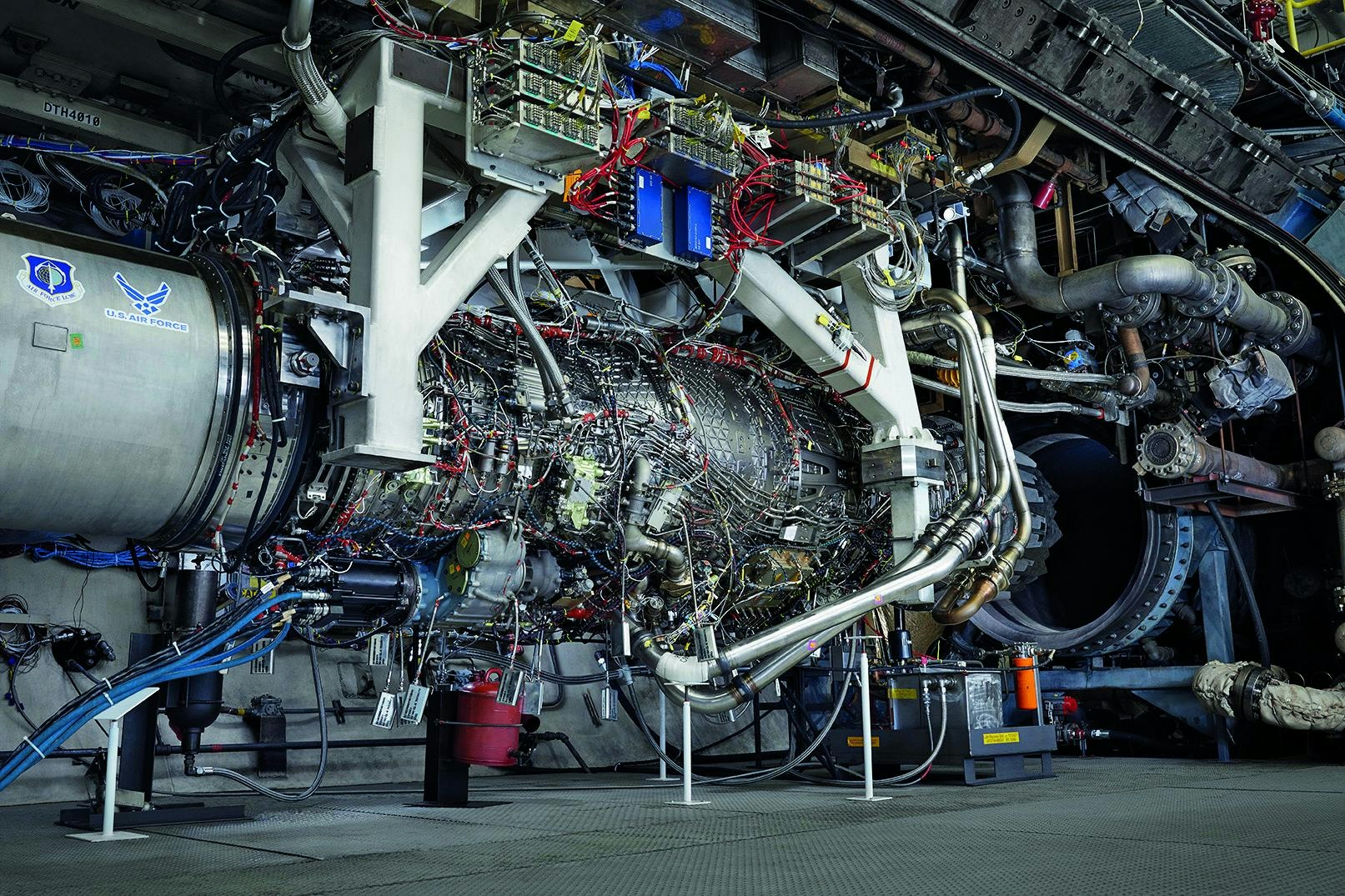
Seven Breakthrough Commercial Aircraft Engines
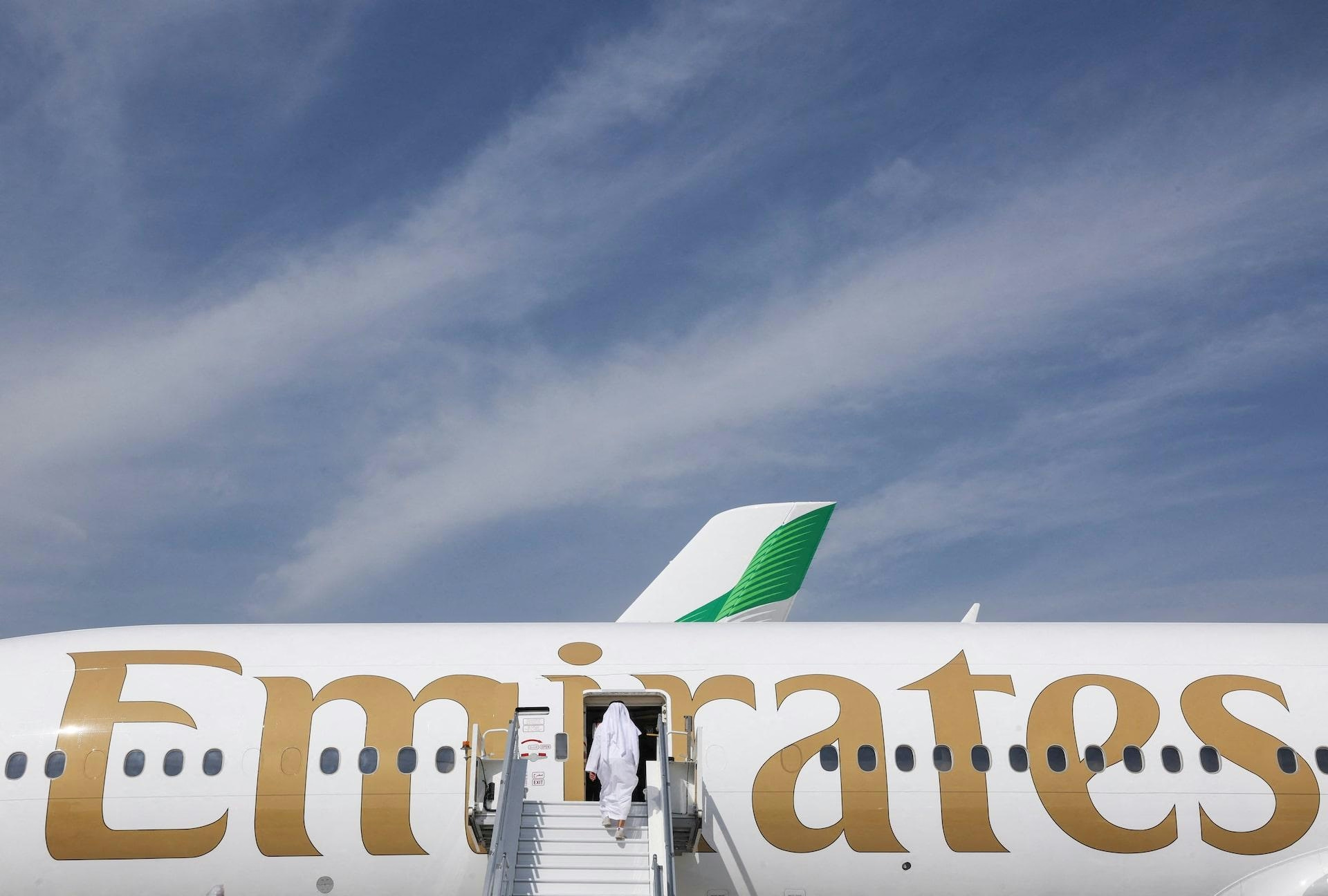
Can Emirates and United Airlines Help Boeing Outsell Airbus in 2025?
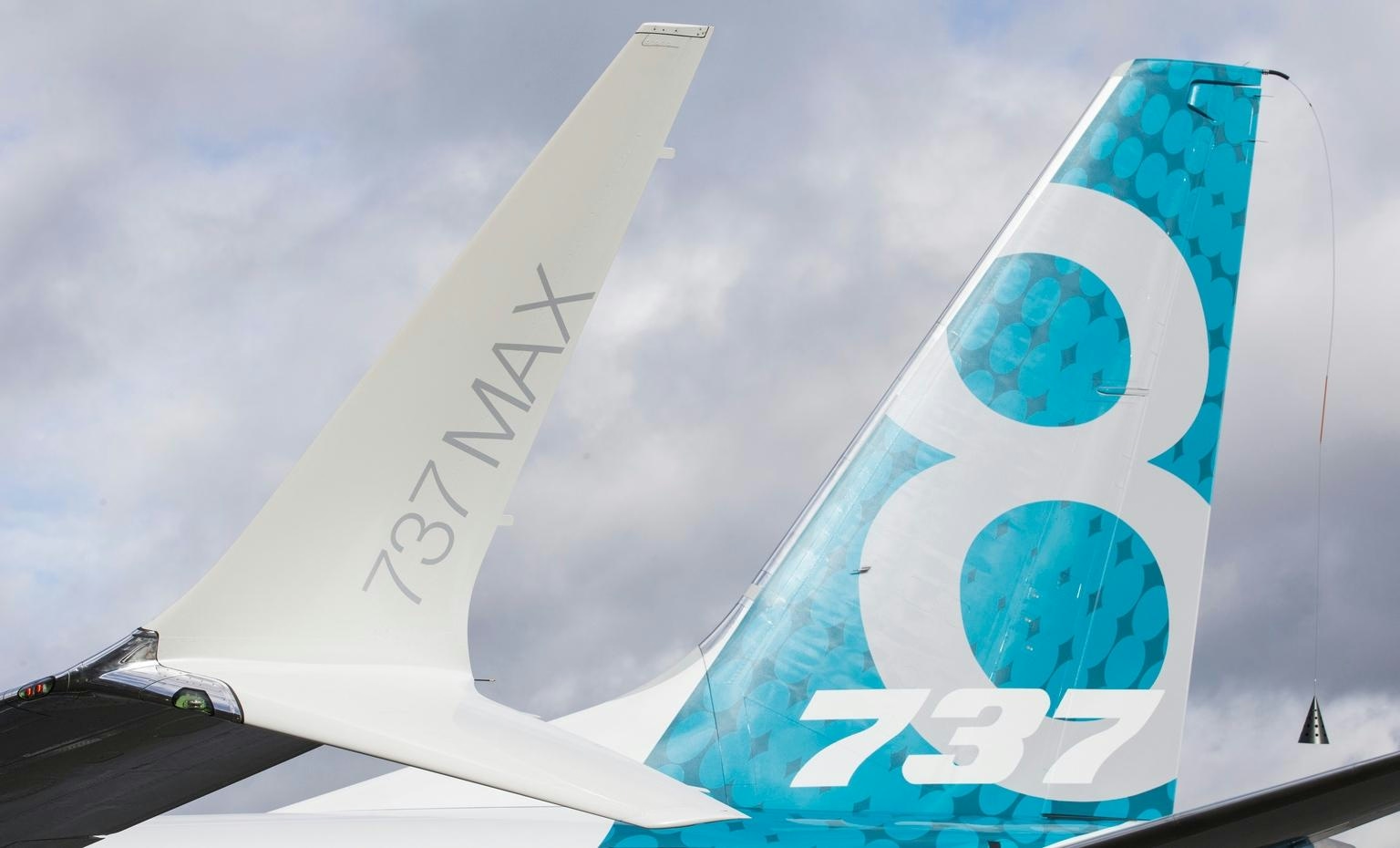
Airbus CEO Acknowledges Boeing May Lead in 2025 Orders
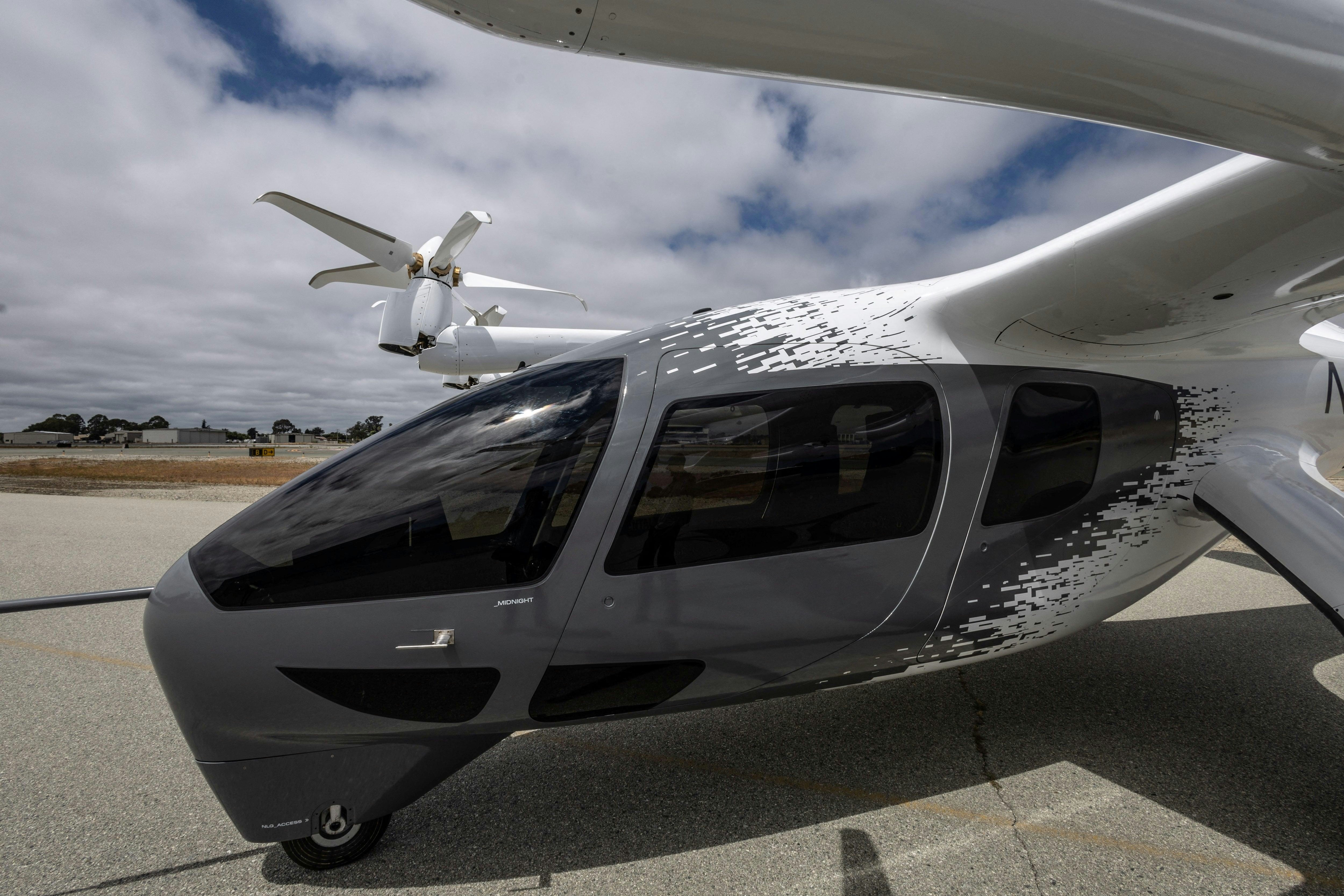
Los Angeles Introduces Air Taxis Ahead of Olympics

Willis Lease Finance Prices $392.9 Million in Fixed-Rate Notes
